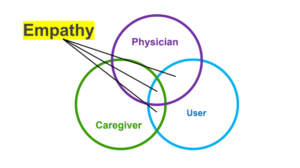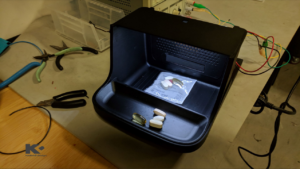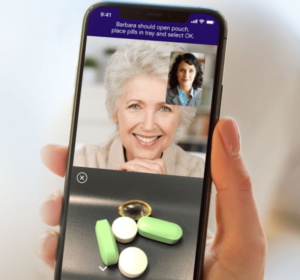Medication Dispensing Systems: How New Innovation is Changing the Way We Approach At-Home Prescriptions
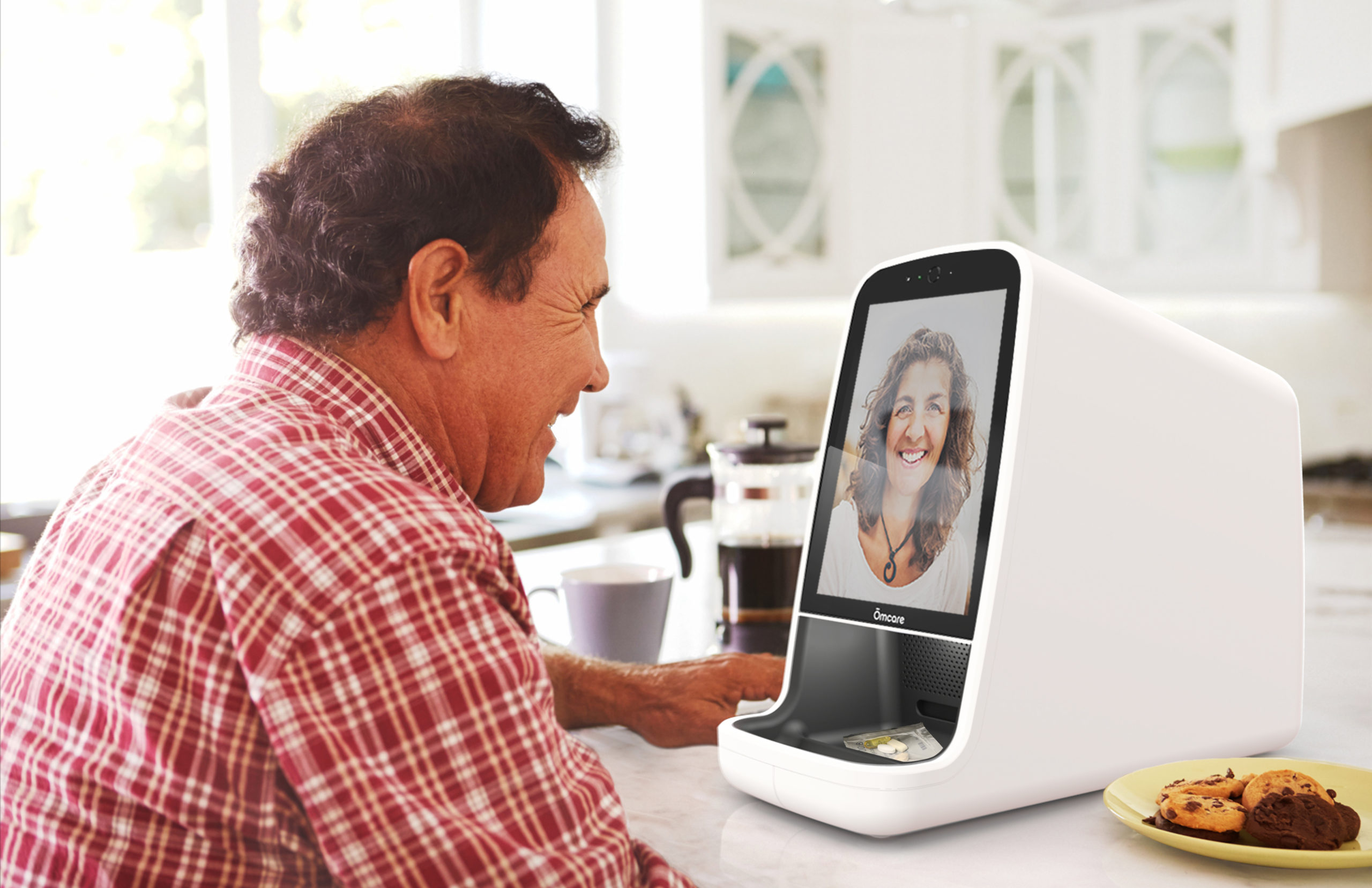
According to the most recent data, nearly 70% of Americans are on prescription medication, and much of this is administered within the home. And although the home is often the preferred place for people to heal, forgetting to take these vital medications at the right time—or, worse yet, taking the wrong dose—can have significant adverse effects.
Whether it’s due to the text on a pill bottle being too small to read or just forgetfulness, studies have shown that 37% of patients don’t take their medications properly. To us, that number is unacceptable. Fortunately, through a rigorous research and design process, many of these existing usability issues and errors can be avoided with a medication dispensing device.
In this article, we will demystify the product development process, starting with understanding the end-user and working through designs that are desirable, feasible, and viable. For if you want the right medication at the right time for the right patient—you need the right design.
WHAT IS INNOVATION? (AND WHY DOES IT SO OFTEN GET CONFUSED WITH INVENTION?)
A lot of companies say they’re innovative because they have a ton of patents, but in reality, they’re merely inventive. An invention changes a product by improving upon existing designs. Innovation changes behavior by creating something that’s completely different from what’s been done before.

For example, say you notice elderly patients—particularly those with arthritis—are having a hard time opening their pillboxes, so you create one with easier to snap open lids. That’s an invention.
If, on the other hand, your goal is to drastically lower the number of patients that improperly take their at-home medications, you need a true innovation. That’s exactly what the Ōmcare medication dispensing device aimed to solve.
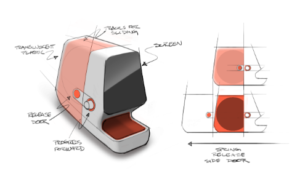
Ōmcare had a vision for a device that links remote medication dispensing with video confirmation such that every dispensing event is directly observed and confirmed. With this system, caregivers would know immediately if a dose is missed or incorrectly administered.
Other smart pill dispensers and mobile compliance apps depend on self-reporting rather than direct observation. Ōmcare wanted an approach that would change how the industry measures medication adherence.
To go from invention to innovation, though, you first have to understand the needs of the users.
3 WAYS TO UNDERSTAND USER NEEDS
For a product to be truly innovative, it needs to have meaning for your users. You can’t just cram a technology into a use case—you have to understand their real needs and add value to what they already do. This is the foundation of human-centered design.
So, how do you go about understanding their needs? Your first thought might be, why not just ask the users what they need? Unfortunately, there’s one key issue with that idea, which anthropologist Margaret Mead sums up perfectly.
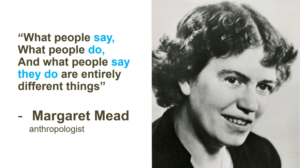
Thus, there are really only three ways to truly understand your users—observation, analysis, and immersion.
1. Observation
This one is pretty self-explanatory, as you merely need to be a fly on the wall and watch your users interact with a product. Try to refrain from interacting in any way (e.g., offering suggestions, providing feedback, etc.) so as not to interfere with the data.
2. Analysis
To conduct an analytical assessment, you need to put yourself in the mind of the users. Just remember that there is almost always more than one kind of user (e.g., patient, caregiver, physician, etc.), so you’ll have to do this multiple times.
To be successful at this, you have to be able to tap into a certain level of empathy for your users. According to Whitney Quesenbery, empathy is “the ability to understand and identify with another person’s context, emotions, goals, and motivations.” Using the empathy map below, you should be able to use your skills in empathy to find the overlap in your users’ needs.
3. Immersion
The final method of understanding needs is to step into the shoes of your users and immerse yourself in their environment. It might help to think of this approach as a scene in a play or movie, in which you and your team are the actors performing an action by interacting with specific props on a stage.
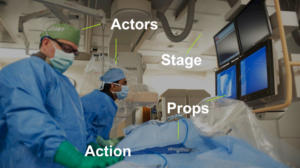
At Kablooe, since we work on so many surgical devices, we have an entire “surgical theater” room dedicated to this very task. This helps us see exactly how our designs would interact in their native environment and illuminates specific issues we may never have anticipated otherwise. Of course, we realize not every design team can afford such a luxury, but the more realistic you can set your stage the better.
DEFINE YOUR DRIVERS
Now that you understand your users’ needs, the next step in a Design-Driven Development Process™ is to define your drivers. A driver is essentially the obstacle or obstacles your product aims to overcome.
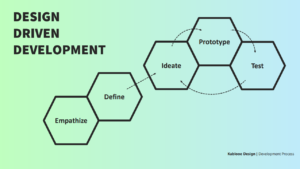
One of the best ways to discover your drivers is by bringing the voice of the customer (VOC) to the needs by answering the following eight questions:
- What do you want the device to do?
- Who is going to use it?
- When will it be used?
- What important features and attributes should be considered?
- How will the users interact with the device?
- What types of procedures will the device be used for?
- What type of environment will it be used in?
- Will it be a single-use or multiple-use device?
In the case of the Ōmcare medication dispensing device, our major drivers were to provide remote medication dispensing, consumption assistance, and support using two-way video. We also had to allow for 3-way calling capabilities to keep the entire care team connected. In addition, there was a need for longitudinal data storage and retrieval with medication adherence confirmation, along with EHR integration to support physician directives.
IDEATE, PROTOTYPE, TEST, AND REPEAT!
When ideating a product, being iterative is key because you need to design it out step by step to address each driver. When prototyping, remember that the physical form of the device should help the patient understand how to use it—which in turn should help inform the design.
And finally, you need to test your ideas thoroughly, because if you don’t, there’s a very good chance you will fail. A single test can help you make the right decision, but the more you conduct, the better the outcome. To learn more, read our six steps for designing a successful Medtech device study.

Using our D3 Process, we brought our drivers to the board and created a prototype of the Ōmcare device that incorporated locked medication storage and multidose dispensing, all with one-touch interaction.
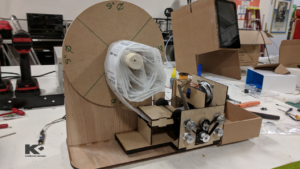
We then installed cameras in the medication bay to determine which pills are ready for consumption so the caregiver can observe. We conducted tests to determine how easy it was to grab the medication packets. From those tests, we tweaked the medication bay clearance, lighting, and camera placement to mitigate any use errors and ensure absolute safety in design.
THE FUTURE OF MEDICATION DISPENSING SYSTEMS
Going beyond solving for prescription adherence, the Ōmcare medication dispensing device is a complete conduit of care for the home. With video interactions integrated with various remote monitoring, wearable technology, and telehealth services, physicians and caregivers can now provide remote care in a more convenient and sustainable way.

With data collected over time, care team members can manage and treat chronic conditions in a way that is more effective, timely, and realistic to the patient and caregiver’s lifestyles. The data generated through this approach can help facilitate conversations between patients and physicians and facilitate opportunities to intervene quickly to avoid complications.
Using this technology, a patient managing a chronic condition can connect more frequently with their care team from home and spend less time going to the doctor’s office. Now that’s innovation.
Kablooe Design is a full-service product development company that specializes in developing new products for the medical device and consumer markets. Our unique staffing approach and D3 Process set us apart as a product development partner and give you peace of mind knowing that your product will be designed with all stakeholders in mind.
Whether you need help with feasibility modeling, industrial design, or human factors engineering, we have the resources and experience necessary to make your project a life-changing reality. Contact us today to get started.

